72 F. high in the Twin Cities Tuesday.
57 F. average high on April 14.
38 F. high on April 14, 2014. Yikes - we remember, don't we?
Minnesota Weather History on April 14. Source: Twin Cities National Weather Service:
1886: St. Cloud-Sauk Rapids tornado. It left 72 people dead. 80 percent of all buildings in Sauk Rapids were leveled as the tornado expanded to 800 yards across. When it crossed the Mississippi it knocked down two iron spans of a wagon bridge and local witnesses said the river was "swept dry" during the tornado crossing. There was 300,000 dollars damage in Sauk Rapids and only 4,000 dollars worth was insured. The forecast for that day was for local rains and slightly warmer with highs in the 50s.

Flood Facts
On August 18-19, 2007 a flash flood dropped an almost unimaginable 15.1 inches of rain in less than 24 hours at Hokah, in southeast Minnesota. 7 people died; hundreds of homes and businesses were destroyed. It marked a new 24-hour rainfall record for Minnesota, one of four separate thousand-year flash floods just since 2004.
Flooding claims more lives than any other weather hazard, and many deaths are avoidable. 3 out of 4 flash flood deaths occur at night, when it's impossible to estimate the depth of water. 6 inches of moving water can knock you off your feet; 2 feet of water can turn your vehicle into a boat, with tragic consequences.
New research, some of it at the U. of Minnesota, suggests fewer storms in the summer, longer stretches between rain - but when it does rain watch out for a biblical torrent.
Spurts of lukewarm sunshine spill over into Saturday, the nicer, drier day of the weekend. A soaking would qualify as good weather with 92 percent of Minnesota in drought. ECMWF guidance prints an inch of rain Sunday, followed by a cooling trend next week.
In the meantime soak up the sun. No storms. No bugs. No humidity. No allergies.
What's not to like about April?

* Nationally, floods claim nearly 200 lives each year, force 300,000 persons from their homes and result in property damage in excess of $2 billion. In Minnesota, floods kill more people than any other weather event; 15 people have died in floods since 1993.
* About 75 percent of flash-flood deaths occur at night. Half of the victims die in automobiles or other vehicles. Many deaths occur when people drive around road barricades that clearly indicate that the road is washed out ahead.
* In 2007, a deadly flood occurred August 18-19 in
southeast Minnesota, killing seven people and destroying hundreds of
homes and businesses. A state record for rainfall was set at Hokah —
15.1 inches in 24 hours — while several other areas received more than
eight inches of rain. (File photo: Reuters).
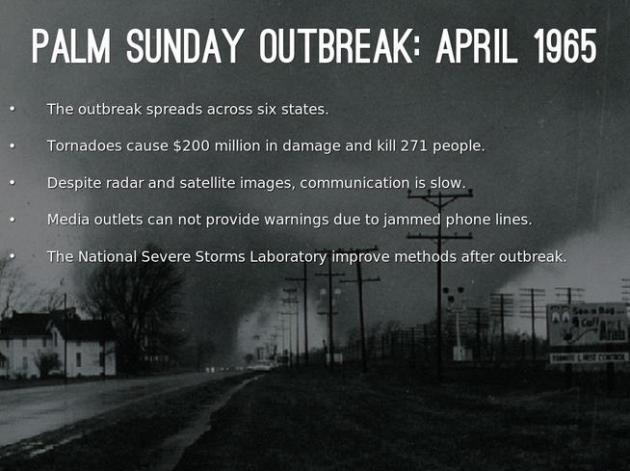
50 Years Later, Lessons From The Palm Sunday Tornado Outbreak Still Ring True.
The "cry wolf" syndrome is something meteorologists have to deal with.
"I've been though 20 warnings, and I've NEVER seen a tornado. It's just
hype" say some in the path of extreme weather. Then again you never know
when your luck is about to run out and your number's up. Here's an
excerpt from The Washington Post: "...And
interestingly, the Joplin tornado survey team found the same type of
confusion in Joplin as there was in the Midwest during the Palm Sunday
outbreak — in short, the warning(s) did not necessarily translate into
the appropriate perception of risk. “The majority of surveyed Joplin
residents did not immediately go to shelter upon hearing the initial
warning, whether from local warning sirens, television, NWR, or other
sources,” the Joplin team wrote.
“Instead, most chose to further clarify and assess their risk by
waiting for, actively seeking, and filtering additional information...”

Take
advantage of Severe Weather Awareness Week to review your own and your
family's emergency procedures and prepare for weather-related hazards.
Each day of the week will focus on a different topic:
- Monday — Alerts and Warnings
- Tuesday — Severe Weather, Lightning and Hail
- Wednesday — Floods
- Thursday — Tornadoes (with statewide tornado drills)
- Friday — Extreme Heat
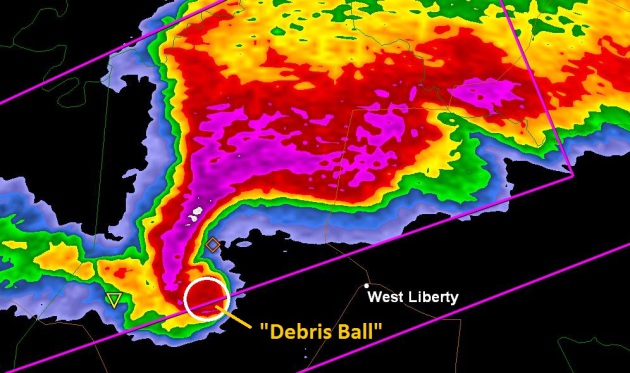
1). Multiple Safety Nets (e-mails and apps). Don't rely on any one source of severe weather information. There are hundreds of apps that can transmit the latest (NOAA) warnings for your county. You should also invest in a $20-30 NOAA Weather Radio that will send the warning, even if the power goes out.
2). Doppler on your smartphone. My favorite is RadarScope, although our new app, Aeris Pulse, is powerful as well, more of a general interest weather app with extensive mapping capabilities.
3). Don’t rely on outdoor sirens. They were designed for outdoor use only. If you depend on the sirens you're setting yourself up for trouble.
4). Football/bike helmets can avoid injury! It sounds crazy but many people have avoided head injuries by putting on helmets before seeking shelter in a basement or small, windowless room on the ground floor. The greatest source of tornado death and injury is blunt head trauma. A helmet can help lower the odds.
5). Tornado drills for your family. Much like a mock fire drill you should consider a tornado drill, so your kids know exactly where to go and what to do if it was the real thing.
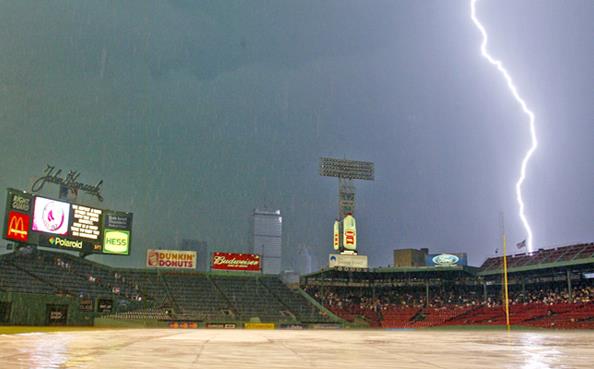
Myth: If it is not raining, there is no danger from lightning.
Fact: Lightning often strikes away from rainfall. It may occur as far as ten miles away from any rainfall.
Myth: Rubber soles on shoes or rubber tires on a car will protect you from being injured by lightning.
Fact: Rubber
provides no protection from lightning. However, the steel frame of a
hard-topped vehicle provides some protection if you are not touching
metal.
Myth: People struck by lightning carry an electrical charge and should not be touched.
Fact: Lightning victims carry no electrical charge and should be attended to immediately.
Myth: Heat lightning occurs on very hot summer days and poses no threat.
Fact:
What is referred to as heat lightning is actually lightning from a
thunderstorm too far away for thunder to be heard. However, the storm
may be moving in your direction.
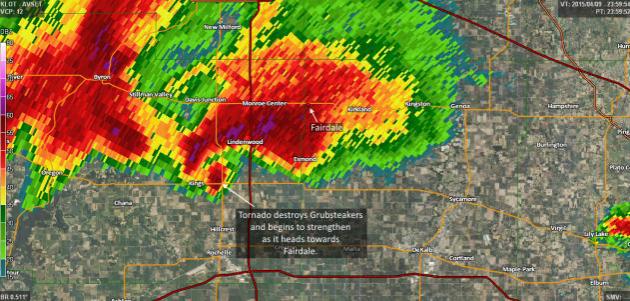
Here's An In-Depth Look At The Tornado That Destroyed Fairdale, Illinois.
Dennis Mersereau does a terrific job summarizing the ingredients that
went into the exceptionally powerful storms that blew up west of Chicago
last week; here's an excerpt at Gawker's The Vane: "...The
tornado that destroyed Fairdale is notable because it was towards the
top of the Enhanced Fujita Scale, which is pretty rare when you take
into account all of the tornadoes that develop around the country. We
hear about these monsters more than the thousands of other tornadoes
that have developed simply because of their intensity. High levels of
media coverage create the illusion of a plague of violent tornadoes,
when the odds that you'll ever see or take a direct hit from one of
these storms are minuscule..."
* Photo of Fairdale Tornado Victim Found 35 Miles Away in Harvard. This gives you some idea of the power of an EF-4 tornado. CBS Chicago has the details.
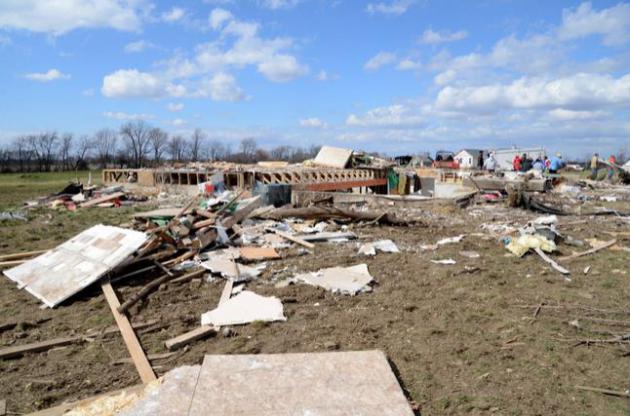
The Science Behind Midwest's Killer Tornadoes. National Geographic
has a good primer on the state of tornado research, overall statistics
and an explainer on how supercell (mesocyclones) harness wind shear and
explosive instability to brew up nature's strongest wind. Here's a clip:
"...Large tornadoes usually last longer—around 30 minutes. The most
powerful twisters have wind speeds of more than 300 miles (483
kilometers) per hour, which can rip buildings off their foundations.
They can be more than two miles (3.2 kilometers) wide, and can spin
across the ground for dozens of miles. Tornadoes kill an average of 60
people a year in the U.S., mostly from flying or falling debris, reports NOAA..."
Photo credit above: "The
remains of Ogle County Sheriff Brian VanVickle's home is seen in
Rochelle, Ill. on Friday, April 10, 2015, a day after the communities of
Rochelle, Ill. and Fairdale, Ill. were impacted by tornado damage." (AP Photo/Daily Herald, Laura Stoecker).
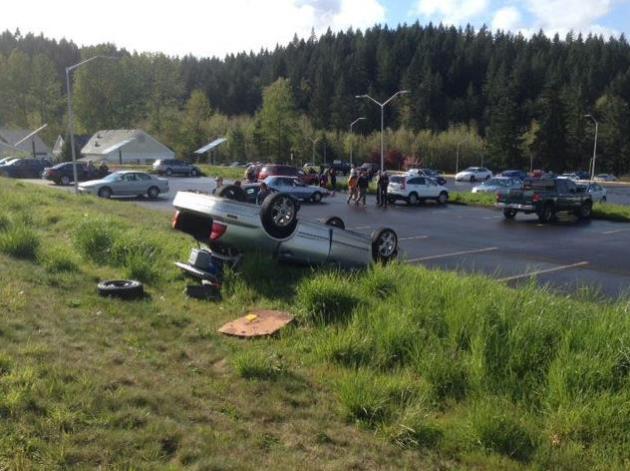
Small Tornado Near Eugene, Oregon. Yes, that Oregon. Odd. Q13Fox has details of a tornado strong enough to flip at least one vehicle.
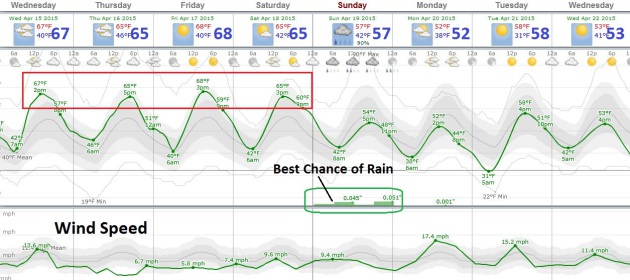
Serious Spring Fever.
If you're not partly-feverish after Tuesday check for a pulse. The next
few days will feature more clouds, but temperatures continue to average
nearly 10F. warmer than average for mid-April, with a shot at 70F every
day into Saturday. A significant rain event is possible Sunday before
we cool back down closer to average next week. Graphic: Weatherspark.
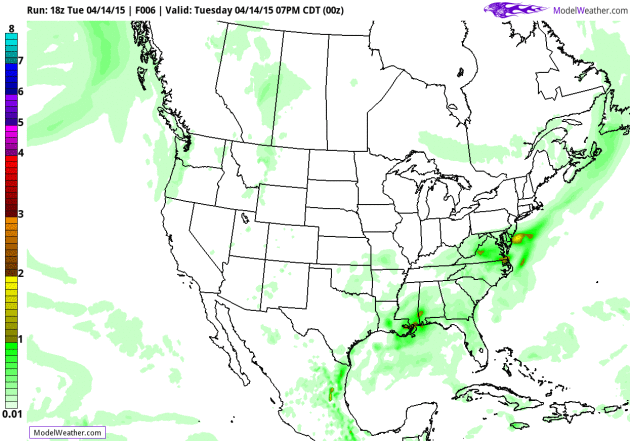
The Edge of Dampness.
I don't see a significant chance of rain across Minnesota until Sunday.
Meanwhile some 3-4" rains from near Dallas and Shreveport to Washington
D.C. Although the heaviest rains pass south and east of Minnesota the
approach of a slow-moving cold front could squeeze out some .5 to 1"
amounts Sunday. 12 KM NAM accumulated rainfall: NOAA and AerisWeather.

Pacific Winds Tied To Warming Slowdown - Dry West. Climate Central attempts to connect the dots; here's an excerpt: "To
understand why the West has been so dry since the turn of the century,
cast your eye further west — to the natural waxing and waning of Pacific
Ocean winds. Strong trade winds have been forcing heat into ocean
depths, contributing to a temporary slowdown in land surface warming
over the past 15 to 20 years that some have called a warming hiatus,
pause or false pause. New research published in the Journal of Climate has gone further — implicating those winds in stubborn droughts afflicting Western states..."
Image credit above: "Trade
winds along the equatorial Pacific are in part responsible for a
warming slowdown and western U.S. drought says new research." Credit: Earth Wind Map

* The latest U.S. Drought Monitor is here.





No Helmets or Seat Belts? Baby Boomers Lived Dangerously By Today's Standards.
Some complain about the "nanny state", too many rules and regulations
designed to keep us safer. But would we really go back in time to a far
more reckless childhood? It's a wonder any of the boomers are still
around, according to Jeff Strickler at The Star Tribune; here's an excerpt: "By
today’s safety standards, every baby boomer should have been dead by
the time we were 12. We defied danger on a daily basis. We never knew
that we were doing risky things, of course; we just thought that we were
having fun. Nonetheless, we spent our days immersed in activities that
we’d never for a second allow our children or grandchildren to do. Or
even think about doing..."


TODAY: Partly sunny, breezy, still pleasant. Winds: SE 10-20. High: 67
WEDNESDAY NIGHT: Partly cloudy, not as cool. Low: 49
THURSDAY: More clouds, probably dry. High: 66
FRIDAY: Sunny intervals, no complaints. Wake-up: 51. High: 70
SATURDAY: Nicer day, fading sun, lukewarm. Wake-up: 50. High: 72
SUNDAY: Steadier, heavier rain possible. Wake-up: 49. High: 55
MONDAY: Mostly cloudy, cool breeze. Wake-up: 40. High: 51
TUESDAY: More clouds than sun. Wake-up: 38. High: 56
Climate Stories...
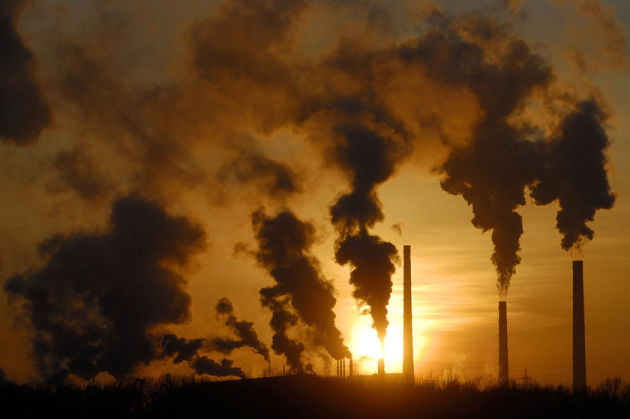
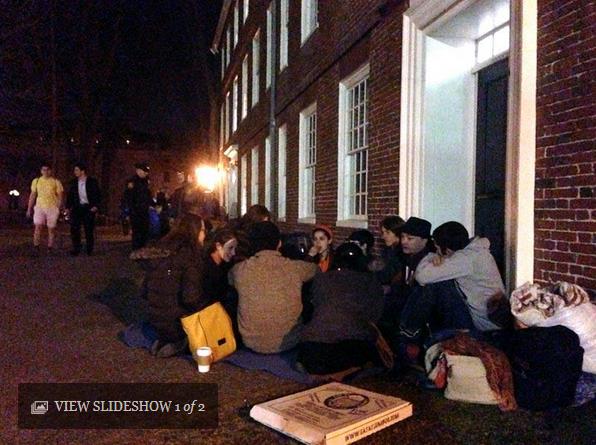
Photo credit above: "Students protest outside the president's office Sunday night at Harvard University." Kirk Carapezza WGBH News.

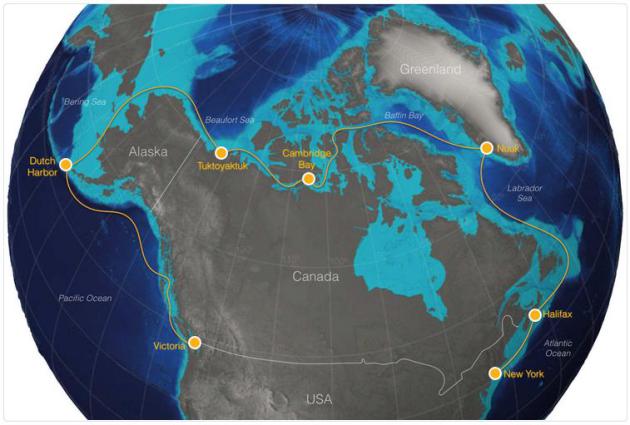

What The Latest Science Says About Thawing Permafrost. Here's a clip from a story at The Carbon Brief: "...We
reviewed the published findings from the most up-to-date earth system
models. Our study suggests that around 90 billion tons of carbon could
be released by 2100 under a high emissions scenario. This would equate to 5-15% of the total permafrost carbon store.
At these rates, the release of the permafrost carbon pool are unlikely
to occur at a speed that could cause abrupt climate change over a period
of a few years to a decade. Instead, our review suggests emissions will
be a gradual and prolonged process over many decades and centuries. But
though this may temper the worst fears of a greenhouse gas " time bomb", the release will still make the climate warm more quickly than we would expect from human activity alone..."
Map credit above: "Map
of organic carbon contained in the top three metres of permafrost in
northern hemisphere. Points show locations of field testing for up to 3m
depth of soil (field tests for up to 1m are too numerous to show)." Source: Higelius et al. (2014)
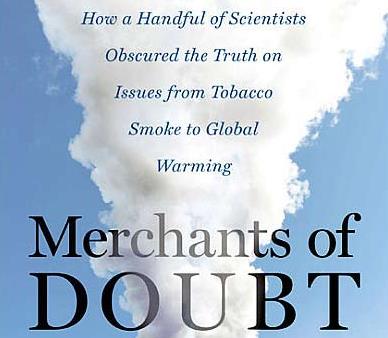

JFK Profile In Courage Award Going To Former GOP Rep. Bob Inglis. I had a chance to spend some time with Rep. Inglis when he was in St. Paul a few weeks ago for the big WOW Gale (Wind on the Wires), underscoring the amazing advances in renewable wind energy in Minnesota and the Upper Midwest. He's the real deal and it took great courage to stand up for his convictions, and the science. Here's a clip from a story at NPR: "... Today, the John F. Kennedy Library Foundation named Inglis the 2015 recipient of the John F. Kennedy Profile in Courage Award for political courage. The foundation said in a statement: "Inglis is being awarded this honor for the courage he demonstrated when reversing his position on climate change after extensive briefings with scientists, and discussions with his children, about the impact of atmospheric warming on our future. "Knowing the potential consequences to his political career, Inglis nevertheless called on the United States to meaningfully address the issue. In June, 2010, Inglis lost his re-election to the U.S. Congress."
AP File Photo/ Richard Shiro.

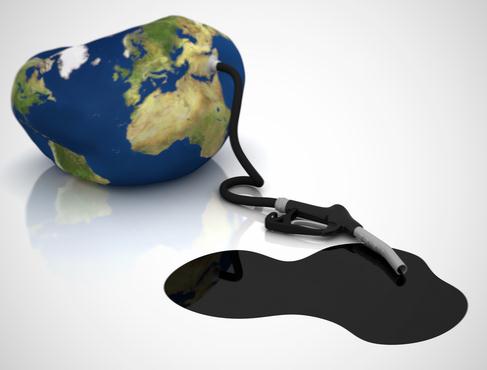
No comments:
Post a Comment